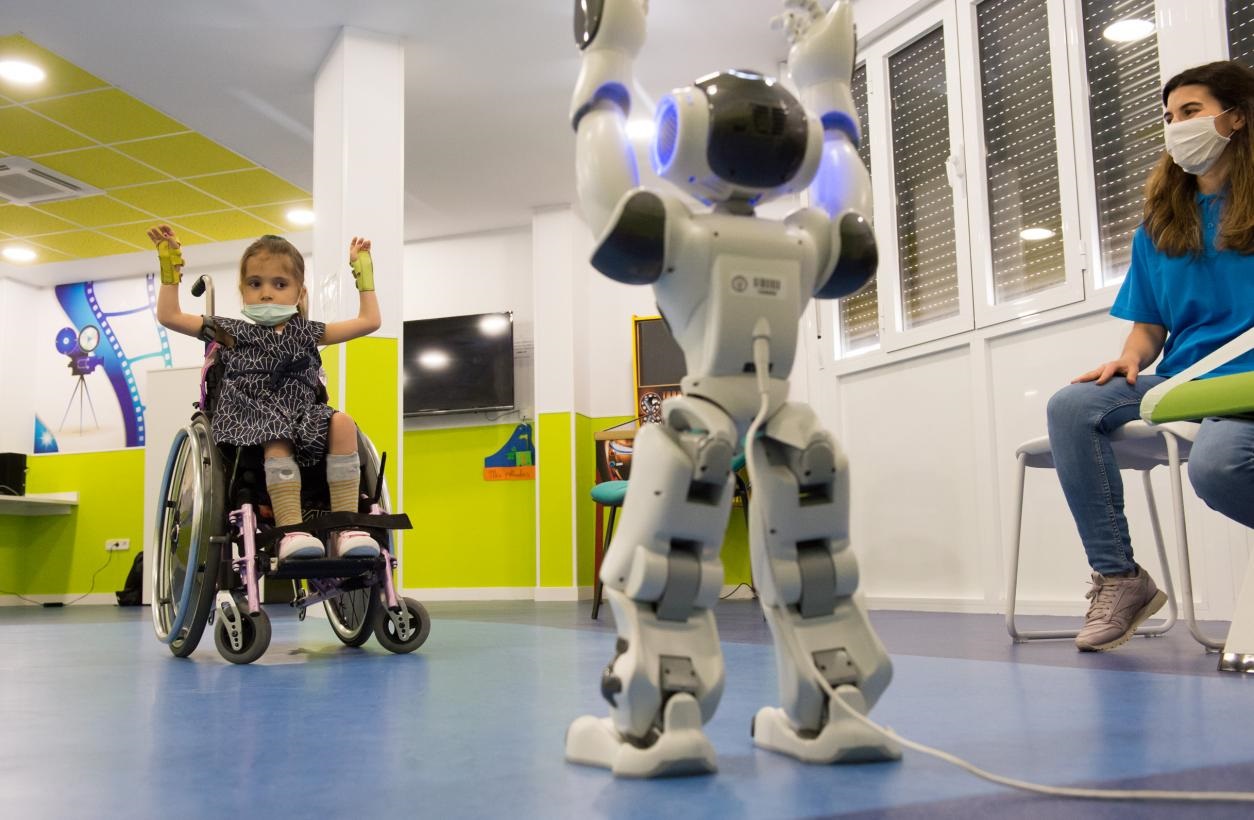
Over the past year, a total of 46 pediatric robotic surgeries were performed in our country, distributed among the three hospitals currently equipped to carry them out: Hospital Reina Sofía (21), Hospital Universitario Vall d’Hebrón (15), and Hospital Clínico San Carlos (10). This development now includes the Hospital Central de Asturias, which began its program in December 2023. This cutting-edge surgical approach enhances patient safety by enabling surgeons to perform complex procedures with greater accuracy, flexibility, and control compared to conventional techniques, as explained by Dr. Rosa Mª Paredes Esteban, Head of Pediatric Surgery at Hospital Reina Sofía (Córdoba) and President of the Andalusian Society of Pediatric Surgery.
This intervention method offers multiple advantages, among the most notable being its minimally invasive nature. “It allows access to small or hard-to-reach cavities thanks to high-definition 3D visualization, which magnifies the image up to ten times its original size. Moreover, the robotic arms can rotate 540º and have seven degrees of freedom, exceeding the mobility of the human wrist,” details Dr. Paredes Esteban.
She adds that these features enable a more careful dissection of small, critical structures, thereby reducing complications, bleeding, and pain, since the intervention is focused solely on the target area without impacting surrounding tissues. This benefits both the surgeon, by increasing precision, and the patient, by simplifying post-operative recovery. Additionally, the healthcare system and society benefit from shorter hospital stays and fewer complications.
A look to the future of surgery
Dr. Paredes emphasizes that this technique represents “the surgery of the future, just as laparoscopic surgery once was.” Despite this, it still faces criticism today, primarily due to its high cost. Besides the cost of the robot itself, a properly equipped operating room is needed, along with a trained multidisciplinary team and the necessary certification for surgeons. All these factors mean that this option is only feasible if it is incorporated into an existing adult robotics program.
In this regard, it is worth noting that while approximately 80,000 robotic surgeries have been performed on adults since this technology was introduced, only about 350 procedures have involved pediatric patients. “Once again, we need to stand up for pediatric patients’ rights,” says Dr. Paredes. Indeed, while 46 pediatric surgeries were conducted this year, the number of procedures in adults reached 25,000.
Nonetheless, there are still numerous challenges in pediatric robotic surgery, as the surgeon points out: “Currently, there is no instrumentation fully adapted to a child’s size that can be introduced via the robot’s arms. We are limited to using only three arms (the robot has four) due to the small size of the patient. Even so, we have managed to perform robotic surgery on children as young as one year old.”
The surgeon, not the robot, performs the operation
Contrary to popular belief, pediatric robotic surgery “does not involve a robot programmed to carry out a surgical procedure on its own. The robot does not operate independently; every movement is performed in real time by the surgeon.”
The most widely used system in pediatrics is known as the Da Vinci Xi, which has a “patient cart” fitted with four robotic arms, a vision tower, and a console that the primary surgeon controls at all times. The surgeon views the surgical field in 3D and sends electrical impulses through the console’s controls to the robotic arms, enabling highly precise movements. Therefore, it is the surgeon—rather than the robot—who carries out the procedure.